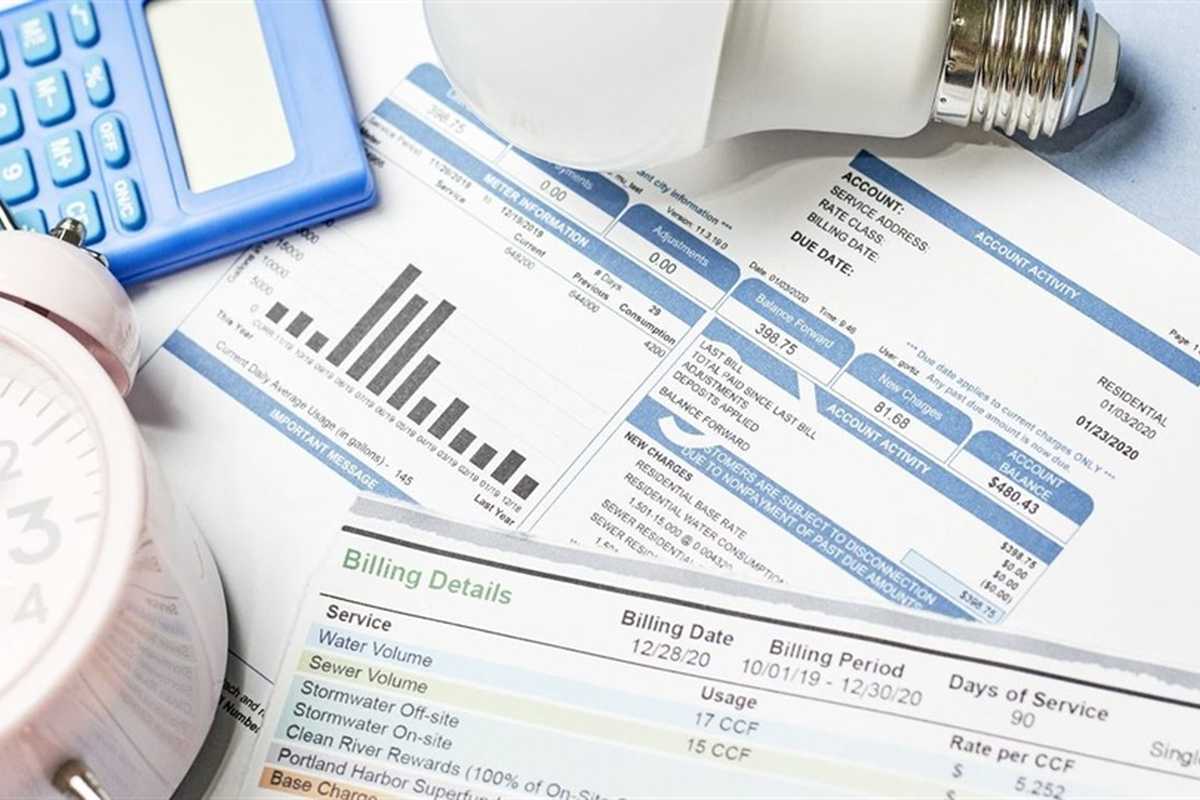Regularly checking your water bill, even if you use automatic withdrawals or e-bills, is important. Since water billing systems will vary across communities, it’s a good idea to contact your local water utility for specific details.
Generally, in Alberta, water bills consist of two main parts: a fixed fee and a variable charge based on your water usage, as recorded by a water meter.
Other than that, your water bill typically includes three primary charges: water, wastewater, and drainage. Let’s look at them in further detail.
Fixed Fees
- Basic Monthly Drainage Service Charges – These cover the maintenance of the sanitary sewer and stormwater systems.
- Basic Monthly Wastewater Service Charges – These are for wastewater treatment services, which include the cost of treating water from your sanitary sewer.
- Basic Monthly Water Service Charges – These cover the cost of maintaining your water meter, reading it monthly, and issuing your bill.
- Stormwater Charges – These apply to the collection of unmetered water (like rainwater or melted snow) that flows from your property into the sewer system.
Variable Fees
- Cost of Water – This is based on your actual water consumption. It covers the costs of drawing, treating, pumping, and delivering water to your house.
- Wastewater Charge – This is based on the amount of water your household consumes each month.
- Sanitary Drainage Charges – These are for collecting and treating wastewater, calculated based on your household’s monthly water consumption.
Understanding these charges can help you better manage your water usage and ensure your bill reflects your actual consumption.
How Water Rates are Set
The responsibility of setting water rates falls to the municipality where you reside. Basically, your municipality is the one that operates and maintains the water utility infrastructure, including meters, pipes, and water treatment plants in your area.
So as the owner and operator, it’s up to the municipality to set customer rates and the policies and procedures for administering these rates.
Each year, your municipal council approves a budget for utilities, which is a part of the overall operating budget. To determine this budget, the municipality estimates the number of customers, the projected water usage, and the demand on the water system from both small and large-scale customers.
The revenue needed to support this budget is then recovered through the utility rates charged to consumers.
Regarding billing, it’s common for municipalities to contract private companies to handle billing and customer care services for their water utility customers.
For instance, EPCOR is responsible for issuing water bills in Edmonton while ENMAX takes on this role in Calgary. Despite being issued by these contracted companies, all fees collected for water services are directed back to the municipalities. This setup ensures that the municipalities maintain control over the revenue generated from water services.
Why Water Bills are Sometimes Unusually High
If you notice a sudden spike in your water bill, it’s important to identify the cause. There are several factors behind this such as:
- Increased Water Consumption – This could be due to changes in your daily routine, additional household members, or seasonal factors like watering gardens in the summer.
- Leaking Pipes or Appliances – Even a small, unnoticed leak can significantly increase your water usage over time. Check for leaks in toilets, faucets, and hose connections.
- Billing Adjustment – Sometimes, your water service provider might make adjustments to your bill based on updated rates or corrections to previous billing errors.
To get a clearer understanding of the reason behind the higher bill, it’s advisable to contact your water service provider. They can provide detailed insights and help you resolve any issues related to your water consumption or billing.

